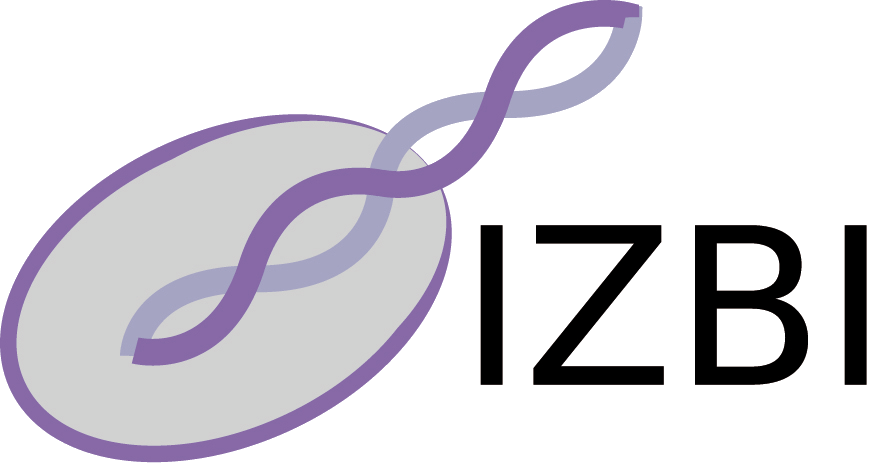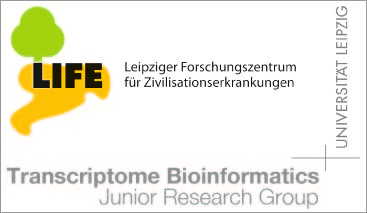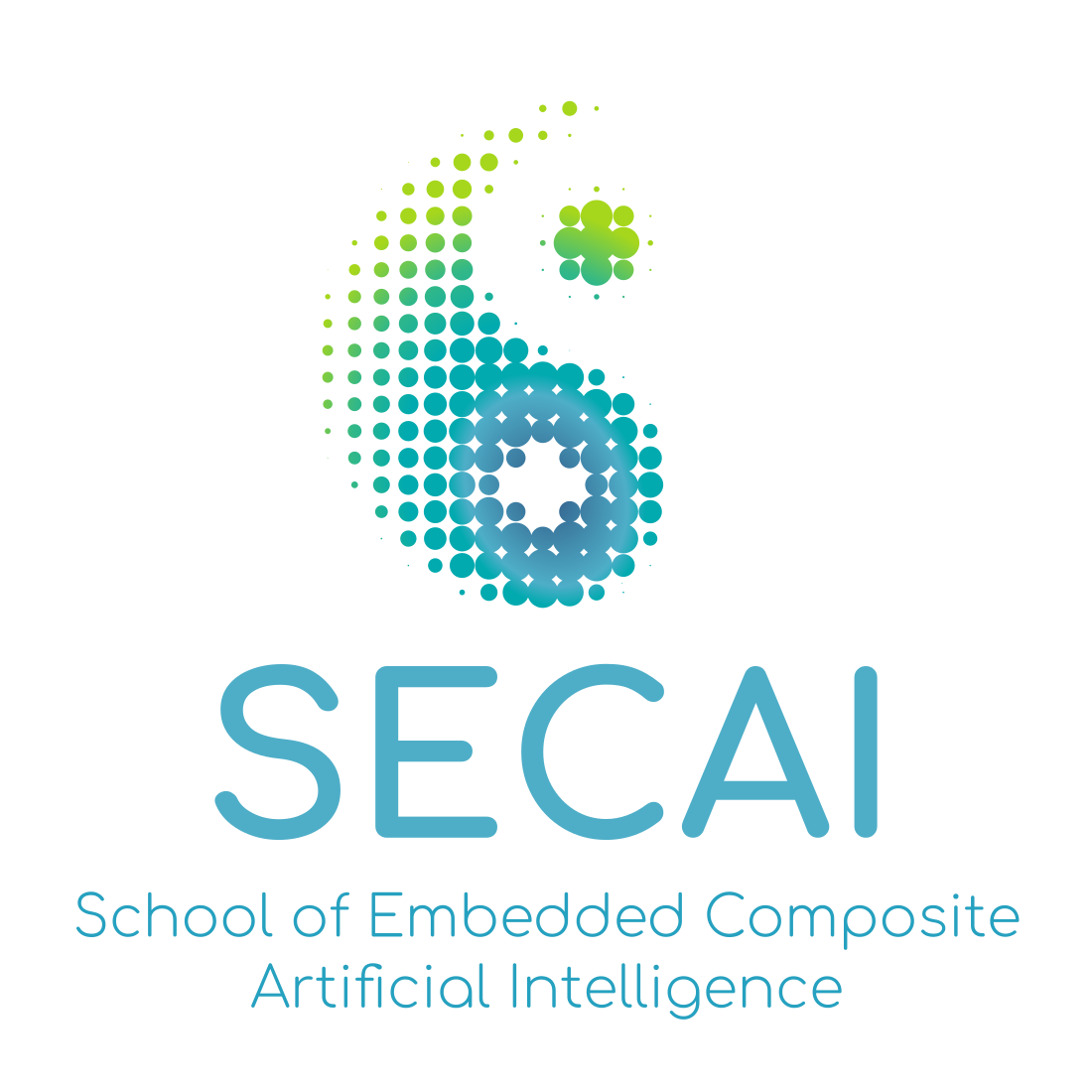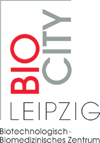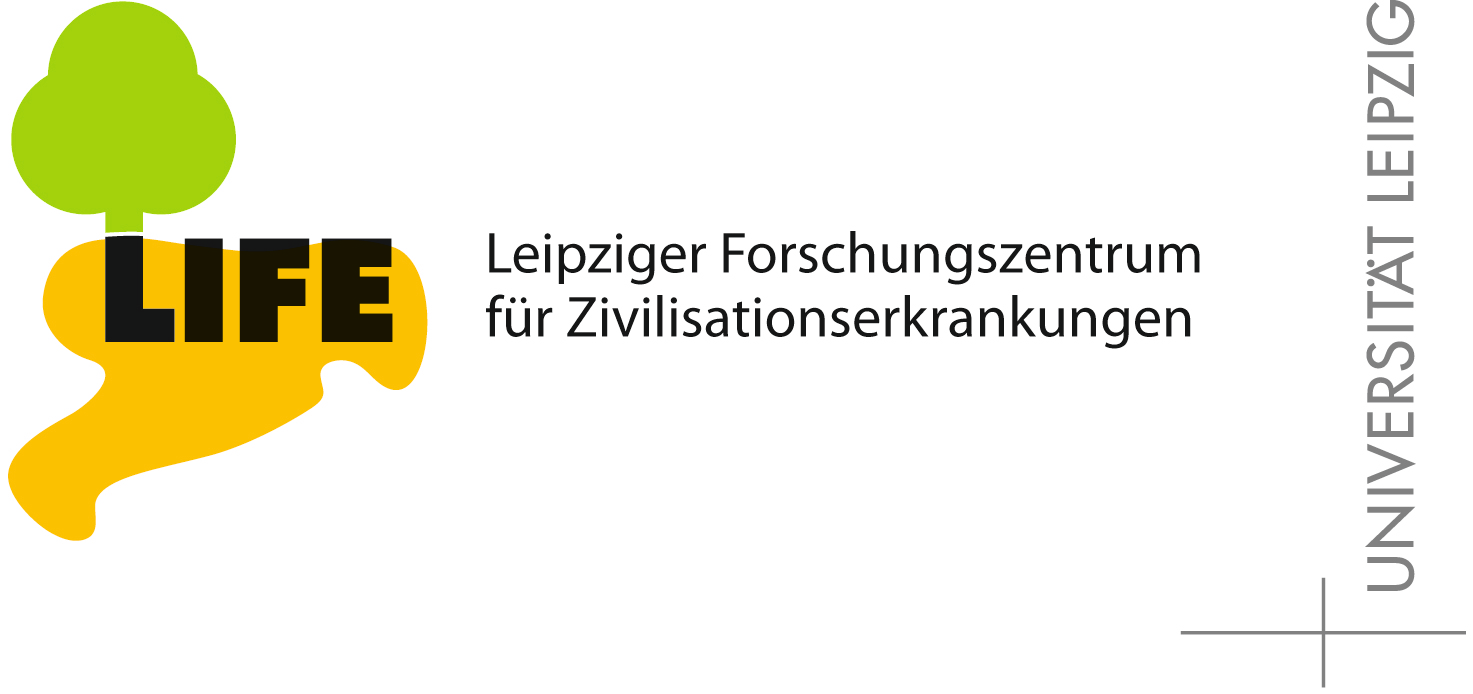Publications - Published papers
Please find below publications of our group. Currently, we list 565 papers. Some of the publications are in collaboration with the group of Sonja Prohaska and are also listed in the publication list for her individual group. Access to published papers ( ) is restricted to our local network and chosen collaborators.
If you have problems accessing electronic information, please let us know:
) is restricted to our local network and chosen collaborators.
If you have problems accessing electronic information, please let us know:
 ) is restricted to our local network and chosen collaborators.
If you have problems accessing electronic information, please let us know:
) is restricted to our local network and chosen collaborators.
If you have problems accessing electronic information, please let us know:©NOTICE: All papers are copyrighted by the authors; If you would like to use all or a portion of any paper, please contact the author.
deepBlockAlign: A tool for aligning RNA-seq profiles of read block patterns
David Langenberger, Sachin Pundhir, Claus T. Ekstrøm, Peter F. Stadler, Steve Hoffmann, and Jan Gorodkin
Download
Status: Published
Bioinformatics (2011) doi: 10.1093/bioinformatics/btr598
Abstract
Motivation: High-throughput sequencing methods allow whole
transcriptomes to be sequenced fast and cost-effectively. Short RNA
sequencing provides not only quantitative expression data but also an
opportunity to identify novel coding and non-coding RNAs. Many long
transcripts undergo post-transcriptional processing that generates
short RNA sequence fragments. Mapped back to a reference genome
they form distinctive patterns that convey information on both the
structure of the parent transcript and the modalities of its processing.
The miR-miR* pattern from microRNA precursors is the best-known,
but by no means singular, example.<br/>
Results: deepBlockAlign introduces a two-step approach to align
RNA-seq read patterns with the aim of quickly identifying RNAs that
share similar processing footprints. Overlapping mapped reads are
first merged to blocks and then closely spaced blocks are combined
to block groups, each representing a locus of expression. In order to
compare block groups, the constituent blocks are first compared using
a modified sequence alignment algorithm to determine similarity
scores for pairs of blocks. In the second stage, block patterns are
compared by means of a modified Sankoff algorithm that takes both
block similarities and similarities of pattern of distances within the
block groups into account. Hierarchical clustering of block groups
clearly separates most miRNA and tRNA, but also identifies about a
dozen tRNAs clustering together with miRNA. Most of these putative
Dicer processed tRNAs, including eight cases reported to generate
products with miRNA-like features in literature, exhibit read blocks
distinguished by precise start position of reads.


